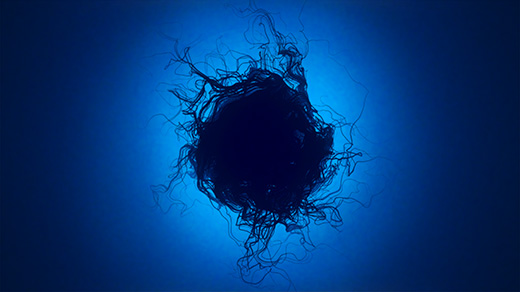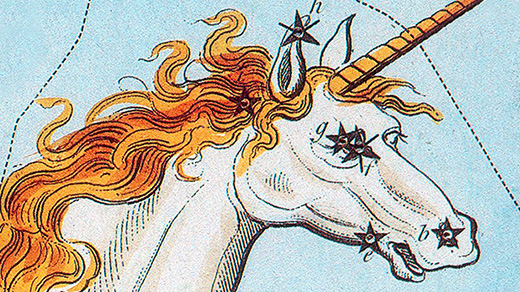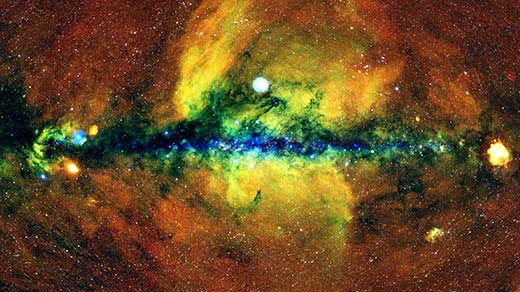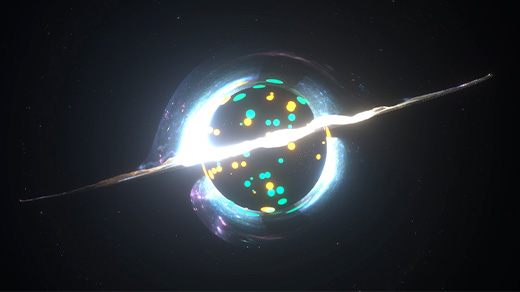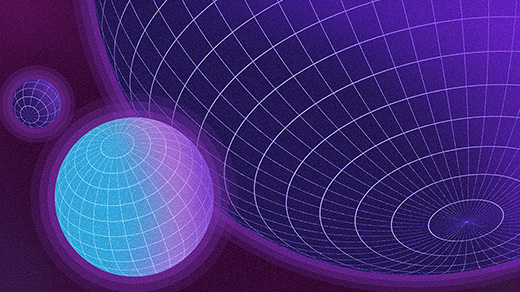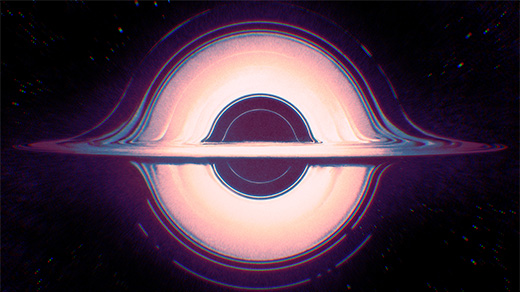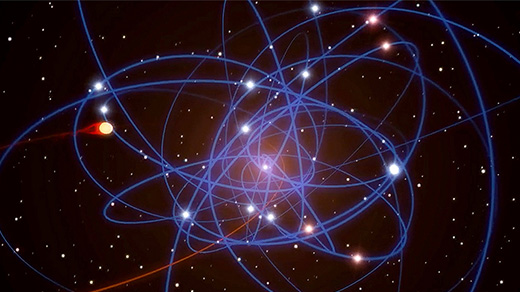What's up in
Black holes
Latest Articles
In Violation of Einstein, Black Holes Might Have ‘Hair’
A new study shows that extreme black holes could break the famous “no-hair” theorem, and in a way that we could detect.
‘Unicorn’ Discovery Points to a New Population of Black Holes
Small black holes were nowhere to be found, leading astronomers to wonder if they didn’t exist at all. Now a series of findings, including a “unicorn” black hole, has raised hopes of solving the decade-long mystery.
Galaxy-Size Bubbles Discovered Towering Over the Milky Way
For decades, astronomers debated whether a particular smudge was close-by and small, or distant and huge. A new X-ray map supports the massive option.
The Year in Physics
Featuring paradoxical black holes, room-temperature superconductors and a new escape from the prison of time.
Debate Erupts Over How ‘Forbidden’ Black Holes Grow
Once missing in action, middleweight black holes have finally been detected. Now researchers are trying to figure out how they grow from small ones.
The Most Famous Paradox in Physics Nears Its End
In a landmark series of calculations, physicists have proved that black holes can shed information.
Physics Nobel Awarded for Black Hole Breakthroughs
Roger Penrose, Reinhard Genzel and Andrea Ghez were awarded the Nobel Prize in Physics for their studies of black holes.
Physicists Argue That Black Holes From the Big Bang Could Be the Dark Matter
It was an old idea of Stephen Hawking’s: Unseen “primordial” black holes might be the hidden dark matter. A new series of studies has shown how the theory can work.
The Physicist Who Slayed Gravity’s Ghosts
Claudia de Rham showed how theories of “massive gravity” could potentially get rid of the need for dark energy.
